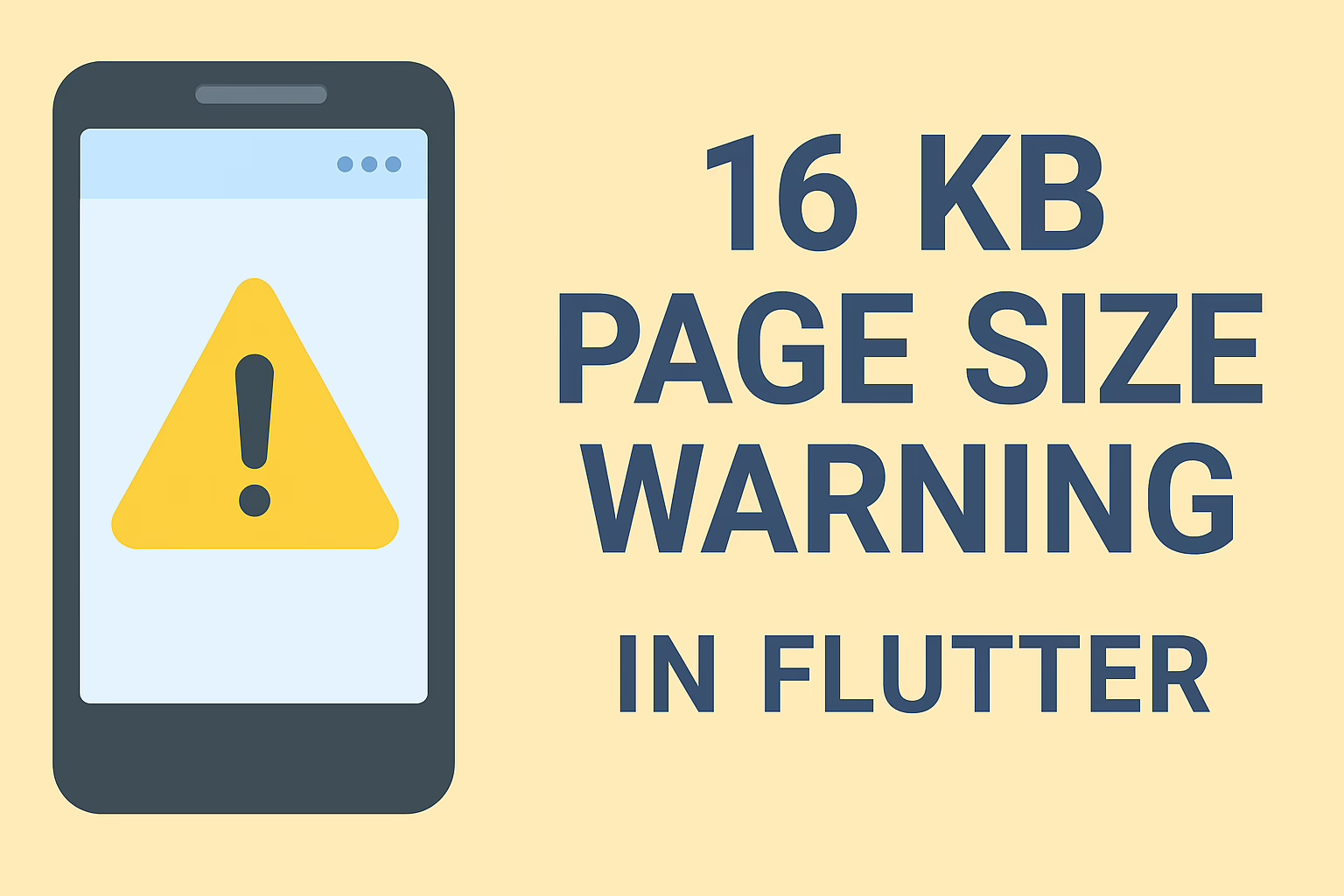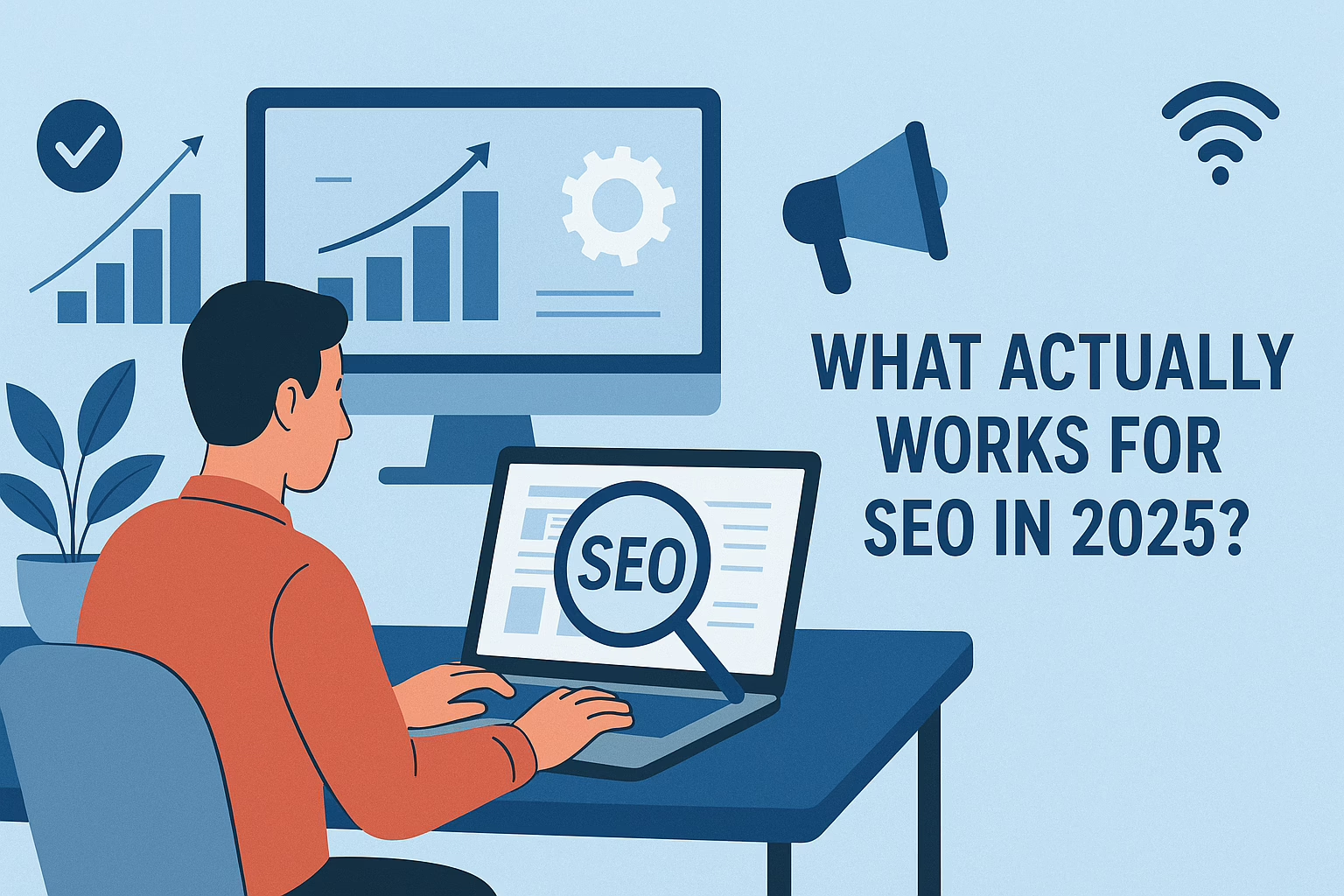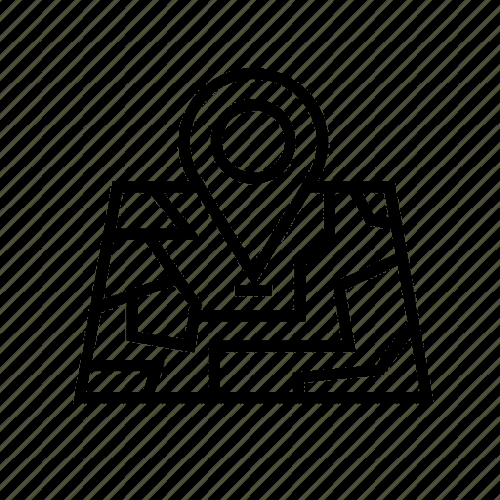Flutter, developed by Google, is an open-source UI toolkit that allows developers to create natively compiled applications for mobile, web, and desktop from a single codebase. It is built using the Dart programming language and provides a comprehensive set of pre-designed widgets, enabling developers to build visually appealing and highly interactive applications with ease.
One of Flutter’s key strengths is its ability to deliver high performance and a seamless user experience across multiple platforms. Unlike traditional cross-platform frameworks, Flutter uses its rendering engine, Skia, to provide smooth animations and a consistent UI, regardless of the underlying platform. This makes Flutter an excellent choice for social media apps, which require visually engaging designs, real-time interactions, and smooth performance.
Flutter’s Hot Reload feature accelerates development by allowing developers to see changes instantly without restarting the app. This is particularly useful for social media applications, where frequent UI updates and rapid prototyping are essential.
Additionally, Flutter’s extensive ecosystem, including powerful third-party libraries and integrations, makes it easier to implement essential social media features like real-time messaging, media sharing, push notifications, and user authentication.
In this documentation, we will explore the various advantages of using Flutter for building a social media app, focusing on its cross-platform capabilities, performance benefits, and flexibility in UI design. Additionally, we will discuss the role of BLoC (Business Logic Component) as a state management solution, which helps structure large-scale applications, manage complex user interactions, and maintain a clean separation between UI and business logic.
By the end of this document, you will have a clear understanding of why Flutter is an excellent choice for developing scalable, high-performance social media applications and how BLoC enhances state management in such apps.
1. How Hot Reload Works
When you modify your Dart code and save the file, Flutter injects the updated code into the running Dart Virtual Machine (VM). The UI rebuilds in real time, reflecting the changes instantly without losing the app’s state.
Key Benefits of Hot Reload
- Faster Development Cycle
- Instead of rebuilding and restarting the app, Hot Reload allows instant updates, drastically reducing waiting time.
- Real-Time UI Changes
- Developers can tweak UI elements (colors, layouts, animations) and see the updates immediately without restarting the app.
- State Retention
- The app preserves its state even after code modifications. For example, if you’re testing a form and modifying its UI, the entered text remains instead of resetting.
2. How Flutter Ensures Cross-Platform Compatibility?
- Single Codebase for All Platforms
- Instead of maintaining separate codebases for Android (Kotlin/Java), iOS (Swift/Objective-C), and desktop/web apps, Flutter uses Dart to create a unified codebase that runs seamlessly across platforms.
- Flutter Engine
- The Flutter engine renders UI consistently across different platforms. It eliminates platform-specific UI inconsistencies by using its own rendering system, Skia, instead of relying on native UI components.
- Platform-Specific Adaptations
- Flutter provides platform channels to access native features like cameras, GPS, sensors, and notifications, ensuring a native experience on each device.
- It also allows conditional checks (Platform.isAndroid, Platform.isIOS) to tailor experiences per platform.
3. High Performance
Flutter is seriously fast! Unlike other cross-platform frameworks that rely on web views or use a JavaScript bridge to communicate with native components, Flutter compiles directly to native ARM code. This means your app runs as close to the hardware as possible, without unnecessary layers slowing it down.
One of the coolest things I’ve noticed is how smooth the animations are. Thanks to the Skia rendering engine, UI elements are drawn directly on the screen, making everything feel incredibly fluid. Whether it’s scrolling through a list, transitioning between pages, or running complex UI animations, there’s no noticeable lag.
Even when I load a WebView inside a Flutter app, it doesn’t feel like a separate, sluggish component—everything integrates seamlessly. Plus, hot reload makes development super fast, allowing me to tweak UI and logic on the fly without restarting the whole app.
Honestly, after working with Flutter, I can’t imagine going back to frameworks that struggle with performance bottlenecks. The responsiveness and speed make a huge difference, especially in apps that require real-time updates, animations, or complex interactions.
4. Rich Ecosystem and Third-Party Integrations
One thing I love about Flutter is how easy it is to integrate third-party services. There’s a package for almost everything! When I was working on authentication, I quickly found plugins like firebase_auth for Firebase and google_sign_in for Google authentication. Setting them up was straightforward, and within minutes, I had a working login system without writing complex backend code.
Cloud storage? No problem. I used cloud_firestore to store and fetch real-time data effortlessly. Whether it was user profiles, chat messages, or posts, everything synced instantly across devices. The best part? I didn’t have to worry about manual state management—it just worked.
For push notifications, firebase_messaging handled everything smoothly. I could send targeted notifications to users, which is a must-have for engagement in any social media app. And analytics? With firebase_analytics, I could track user behavior to understand how people interact with my app.
The Flutter ecosystem is huge, and every time I needed a feature, I found a well-maintained package that made development easier. It saved me so much time compared to manually implementing these services from scratch.
Why Use BLoC (Business Logic Component) for State Management?
State management is crucial in a social media app due to dynamic UI updates, real-time data fetching, and user interactions. BLoC (Business Logic Component) is one of the best state management solutions in Flutter because:
1. Reactive Data Flow
When I first started handling state in my social media app, things quickly became chaotic. Managing features like friend requests, live chat, and notifications using setState() felt unpredictable. Sometimes the UI wouldn’t update correctly, or different parts of the app would behave inconsistently. Debugging was a nightmare because I couldn’t always track what triggered a state change.
Then I started using BLoC, and everything became much clearer. BLoC follows a unidirectional Event → State pattern, meaning that every UI change starts with an event. When a user sends a friend request, likes a post, or receives a new message, I just dispatch an event to the BLoC. The BLoC then processes it, updates the state, and the UI automatically reflects the changes.
This structure makes state changes predictable. I no longer have to guess why something updated or try to manually sync different UI elements. Everything happens in a clear flow—an event triggers a state change, and the UI responds accordingly. This has been a lifesaver, especially in features like real-time feeds and chat, where consistency is key.
Debugging also became so much easier. Since all state changes happen inside the BLoC, I can log every event and state transition. If something goes wrong, I don’t have to search through the entire codebase—I just check the logs to see exactly what event caused the issue.
Now, my app feels stable and organized. I can add new features without worrying about breaking existing ones, and I have full control over how data flows. BLoC has completely changed how I handle complex interactions, making my app faster, smoother, and easier to maintain.
2. Clear Separation of Concerns
When I first started building complex apps, I quickly realized that mixing UI and business logic in the same place made things messy and hard to maintain. I would write functions inside widgets, and manage state with setState(), and soon enough, debugging became a nightmare. Every small change required digging through multiple files, and I often ended up breaking something without realizing it.
Then, I switched to BLoC, and everything started making sense. Instead of cluttering my widgets with logic, I moved all the business logic into separate BLoC classes. Now, my UI only listens to state changes and reacts accordingly, making it much cleaner and easier to manage. If I need to update data or trigger an action, I just dispatch an event, and the BLoC handles everything behind the scenes.
This separation made my codebase more structured and scalable. Whenever I needed to add a new feature, I didn’t have to modify multiple parts of the app—I just created a new event, added logic in the BLoC, and the UI responded automatically. It also made debugging much easier because I could track state changes and pinpoint issues quickly.
Looking back, I can’t imagine going back to my old way of managing state. With BLoC, my app feels more organized, my code is reusable, and I no longer have to worry about UI and logic getting tangled up. It’s a lifesaver, especially when working on large, dynamic applications like social media apps.
3. Predictable State Management
When I first started handling state in my social media app, things quickly became chaotic. Managing features like friend requests, live chat, and notifications using setState() felt unpredictable. Sometimes the UI wouldn’t update correctly, or different parts of the app would behave inconsistently. Debugging was a nightmare because I couldn’t always track what triggered a state change.
Then I started using BLoC, and everything became much clearer. BLoC follows a unidirectional Event → State pattern, meaning that every UI change starts with an event. When a user sends a friend request, likes a post, or receives a new message, I just dispatch an event to the BLoC. The BLoC then processes it, updates the state, and the UI automatically reflects the changes.
This structure makes state changes predictable. I no longer have to guess why something updated or try to manually sync different UI elements. Everything happens in a clear flow—an event triggers a state change, and the UI responds accordingly. This has been a lifesaver, especially in features like real-time feeds and chat, where consistency is key.
Debugging also became so much easier. Since all state changes happen inside the BLoC, I can log every event and state transition. If something goes wrong, I don’t have to search through the entire codebase—I just check the logs to see exactly what event caused the issue.
Now, my app feels stable and organized. I can add new features without worrying about breaking existing ones, and I have full control over how data flows. BLoC has completely changed how I handle complex interactions, making my app faster, smoother, and easier to maintain.
4. Scalability
When I first started building my social media app, managing the state was simple because the app had only a few screens and limited user interactions. But as the app grew—adding features like real-time chat, notifications, and dynamic news feeds—I quickly realized that handling state with setState() or even basic providers wasn’t enough. The UI would lag, unnecessary rebuilds slowed things down, and debugging became frustrating.
That’s when I switched to BLoC, and it completely changed how I structured my app. With BLoC, I can efficiently manage complex, nested state changes without affecting performance. For example, when handling a real-time chat system, I don’t want the entire chat screen to rebuild every time a new message arrives—I only need to update the message list. BLoC allows me to handle each event separately and update only the necessary parts of the UI.
The real game-changer came when my app needed to scale. As the number of users increased, so did the interactions—more likes, comments, followers, and messages. Without a proper state management solution, this could have led to serious performance issues. But with BLoC, everything stays structured and optimized. Each user action—like sending a friend request or reacting to a post—triggers an event, and the app processes it smoothly without unnecessary computations.
Another thing I love about BLoC is how modular it makes my code. Instead of dumping all the logic into one place, I can split it into multiple BLoCs and Cubits, making the app much easier to maintain and expand. If I need to add a new feature, I don’t have to refactor my entire state management—I just create a new BLoC or add new states and events to the existing one.
Looking back, I can’t imagine building a large-scale social media app without BLoC. It keeps my app organized, performant, and scalable, ensuring that even as the user base grows, the app remains smooth and responsive.
Conclusion
When I started developing my social media app, I wanted a framework that was fast, flexible, and scalable. Flutter quickly stood out because of its cross-platform support, rich UI capabilities, and smooth performance. Unlike other frameworks, Flutter compiles native ARM code, ensuring high-speed rendering and fluid animations, which is crucial for an app that involves constant user interactions like scrolling through feeds, liking posts, and messaging.
However, as my app grew, I realized that handling state management was just as important as UI performance. That’s where BLoC came in. By using BLoC, I was able to separate UI from business logic, ensuring that my app remained structured and scalable. It allowed me to efficiently manage real-time updates, ensuring that user interactions like friend requests, notifications, chat messages, and feed updates were handled smoothly without unnecessary UI rebuilds.
One of the biggest advantages of using Flutter with BLoC is that it makes the app future-proof. As new features are added and the user base increases, BLoC ensures that state transitions remain predictable and maintainable. Debugging is also much easier since every event and state change follows a clear, unidirectional flow.
Looking back, choosing Flutter with BLoC was the best decision for my social media app. It not only gave me the ability to build a visually stunning and highly responsive app, but also ensured that the app could scale effortlessly without performance issues. Whether you’re building a small prototype or a large-scale social platform, Flutter and BLoC provide the perfect combination to create a modern, engaging, and efficient social media experience.








